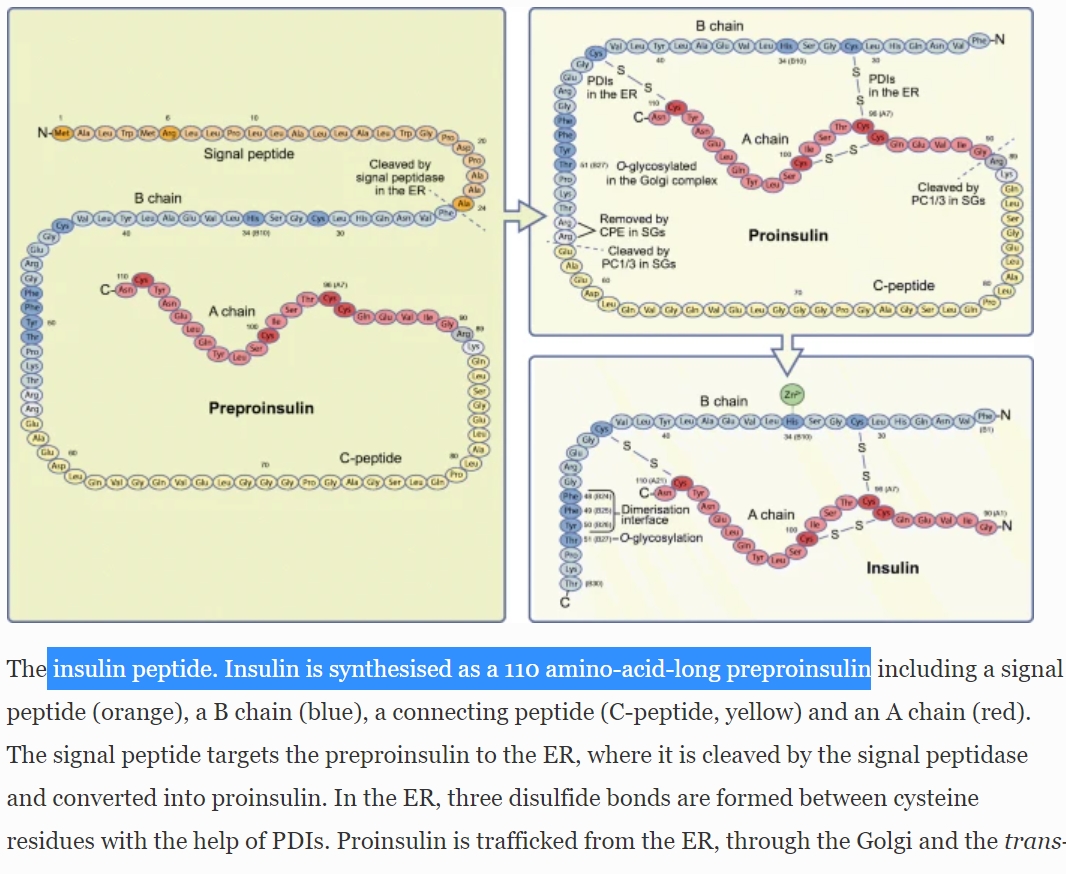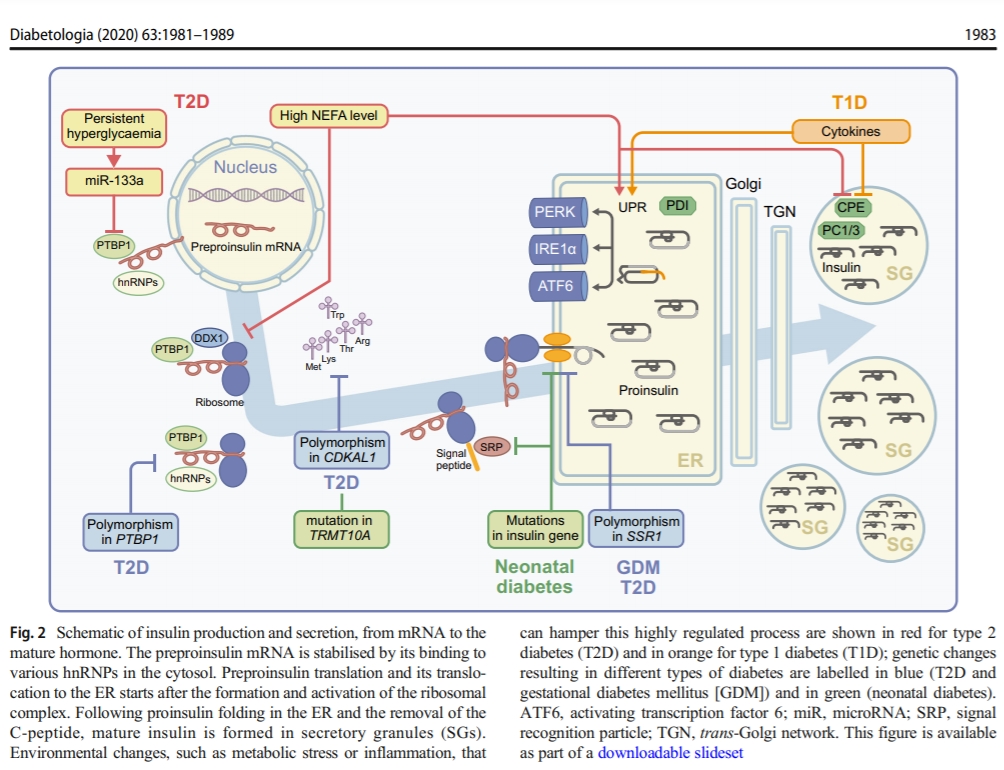Organisation of the human pancreas in health and in diabetes
Mark A. Atkinson, Diabetologia volume 63, pages1966–1973(2020)
For much of the last century, our knowledge regarding the pancreas in type 1 and type 2 diabetes was largely derived from autopsy studies of individuals with these disorders or investigations utilising rodent models of either disease. While many important insights emanated from these efforts, the mode for investigation has increasingly seen change due to the availability of transplant-quality organ-donor tissues, improvements in pancreatic imaging, advances in metabolic assessments of living patients, genetic analyses, technological advances for laboratory investigation and more.
As a result, many long-standing notions regarding the role for and the changes that occur in the pancreas in individuals with these disorders have come under question, while, at the same time, new issues (e.g., beta cell persistence, disease heterogeneity, exocrine contributions) have arisen.
In this article, we will consider the vital role of the pancreas in human health and physiology, including discussion of its anatomical features and dual (exocrine and endocrine) functions. Specifically, we convey changes that occur in the pancreas of those with either type 1 or type 2 diabetes, with careful attention to the facets that may contribute to the pathogenesis of either disorder. Finally, we discuss the emerging unknowns with the belief that understanding the role of the pancreas in type 1 and type 2 diabetes will lead to improvements in disease diagnosis, understanding of disease heterogeneity and optimisation of treatments at a personalised level.

















